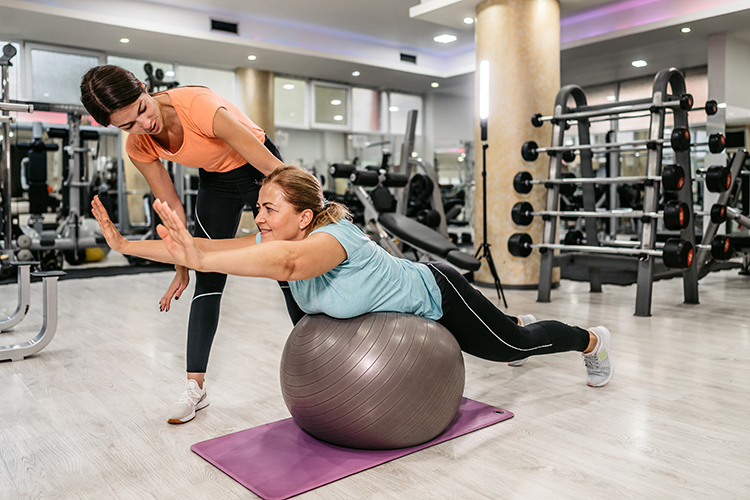Blitz News Digest
Stay updated with the latest trends and insights.
Fitness Fables: Debunking the Myths That Keep You From Sweating
Uncover the truth behind fitness myths and discover what really works to get you sweating! Don't let fables hold you back.
The Truth About Spot Reduction: Can You Really Target Fat Loss?
The concept of spot reduction — the idea that you can target fat loss in specific areas of the body through exercise — has long been a topic of debate among fitness enthusiasts and experts alike. While targeted exercises, like crunches for the abdomen or leg lifts for the thighs, can strengthen and tone muscles in those regions, they do not necessarily lead to significant fat loss in those areas. Instead, the body tends to lose fat in a more generalized manner, influenced by factors such as genetics, diet, and overall body composition.
Studies show that when individuals focus on overall fat loss through a combination of a balanced diet and regular cardiovascular and strength training exercises, they can achieve a leaner physique over time. High-intensity interval training (HIIT) and full-body workouts may be more effective strategies for reducing body fat than isolated exercises alone. Therefore, while it is tempting to believe in the allure of spot reduction, the truth remains that a holistic approach to fitness yields the best results in your quest for a toned, healthy body.

Sweat is a Sign of a Good Workout: Myth or Fact?
Sweat is often regarded as a badge of honor after a workout, leading many to believe that the more you sweat, the better your exercise session was. However, this notion is a myth. While sweating is the body's natural cooling mechanism, it does not directly correlate with the effectiveness of a workout. Factors such as environment, hydration levels, and individual fitness can influence how much you sweat. For instance, someone exercising in a humid climate may sweat profusely, whereas someone in a cooler environment might not sweat as much, even during an intense session.
Moreover, it's essential to understand that sweat does not equate to fat loss or improved fitness. Many individuals mistakenly think that a drenched shirt signifies a more intense workout, but in reality, it often reflects personal adaptability to heat. The true measures of a good workout include metrics like endurance, strength, and how effectively you achieve your fitness goals. Therefore, instead of fixating on the amount of sweat, focus on your progress and overall health. After all, the most effective workouts are the ones that enhance your well-being and fitness, regardless of how much you sweat.
The Lowdown on Rest Days: Do They Really Matter for Your Fitness Goals?
When it comes to achieving your fitness goals, the concept of rest days is often overlooked. Many individuals believe that the more they train, the faster they will see results. However, incorporating rest days into your routine is crucial for recovery and performance. During these days, your body repairs muscles, restores energy, and replenishes glycogen stores, which are essential for endurance activities. Without sufficient rest, you may experience fatigue, decreased performance, and a higher risk of injury.
Moreover, rest days contribute to long-term success by preventing burnout and maintaining motivation. A well-structured fitness program embraces both training and recovery. Consider implementing a weekly rest day or light activity day that allows your body to recuperate while still keeping you engaged. Remember, rest is not a sign of weakness; it is an essential part of a sustainable fitness journey designed to help you reach your goals effectively.